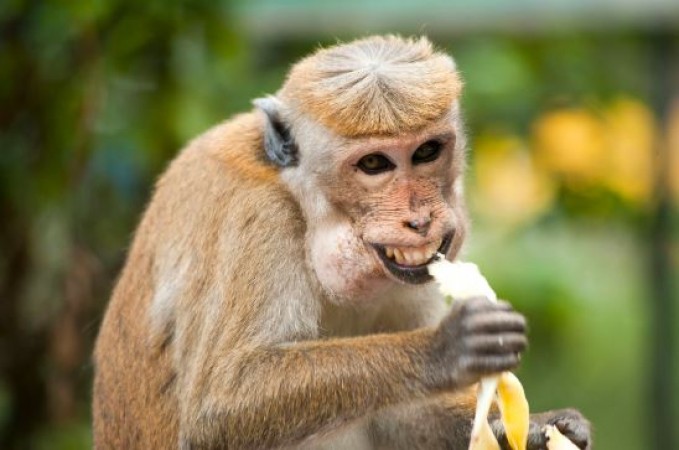
Cannibalism, the act of one animal consuming another of its own species, is a phenomenon that occurs in nature for a variety of surprising and often perplexing reasons. While this behavior might seem bizarre and even gruesome to us, it plays a significant role in the survival and adaptation of certain species. In this article, we delve into the world of cannibalism in the animal kingdom and explore the peculiar motivations behind it.
In the scorpion world, siblings aren't always the best of friends. When resources are scarce, baby scorpions may turn on each other, cannibalizing their weaker siblings to increase their own chances of survival.
Female praying mantises are notorious for their cannibalistic tendencies. They may devour their male counterparts during or after mating, providing them with essential nutrients for egg production. It's a matter of survival and reproduction.
Hamsters are known for their territorial behavior. When two hamsters are placed together in a confined space, they may engage in cannibalistic acts as a result of intense competition for limited resources like food and nesting materials.
In the spider world, competition for prey can be fierce. When food is scarce, some spiders resort to cannibalism as a means of survival. It's a tough choice between eating a sibling or starving to death.
Guppy fish mothers sometimes eat their own offspring shortly after giving birth. This seemingly heartless act serves a unique purpose - it helps the mother conserve energy and ensures the survival of a few strong offspring.
Surinam toads are known for their bizarre reproduction method. The female embeds her eggs in her back, where they develop into tadpoles. When the tadpoles are ready to emerge, she goes through the extraordinary process of breaking her own skin to release them, which can result in self-inflicted injuries.
Crayfish engage in a peculiar form of cannibalism driven by chemical warfare. They release chemicals into the water to weaken their prey, making it easier to catch and consume. It's a complex strategy in their quest for survival.
Cichlid fish engage in cannibalism as a means of securing their territory and ensuring the survival of their offspring. This ruthless behavior ensures that only the strongest individuals pass on their genes.
Charles Darwin himself was puzzled by cannibalism in nature. He saw it as a paradoxical behavior, as it seemingly goes against the principles of survival and natural selection. However, over time, scientists have come to understand that cannibalism can indeed be an evolutionary advantage in certain circumstances.
Cannibalism in the animal kingdom is a multifaceted phenomenon driven by various factors, including survival, competition, and even maternal instincts. While it may appear gruesome to us, it is a crucial aspect of many species' lives. Understanding the reasons behind cannibalism provides valuable insights into the complex world of nature's survival strategies.
Apart from humans, which animals call each other by name?
The national animal of which country is a dog?
Allergies? not a problem These 8 animals won't cause you to sneeze